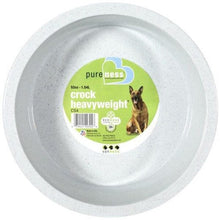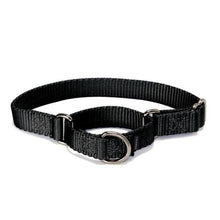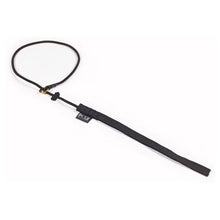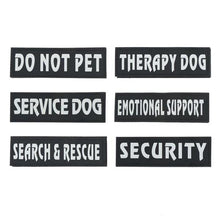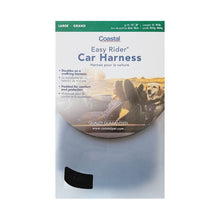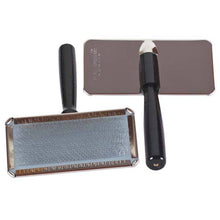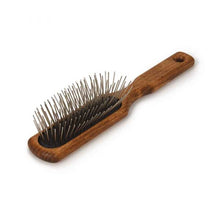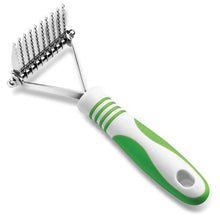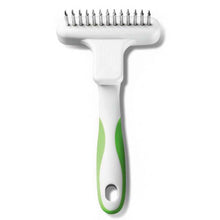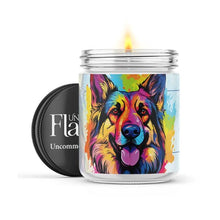Why Use a Dog Crate and Is It Cruel to Crate your Dog?

No doubt, when the subject of crate training comes up, there are two types of dog owners: those that vehemently disagree with crate training and those that swear by it.
One side believes crate training to be cruel, confining, and may even stifle a dog’s free spirit. The other side believes that crates offer safety, security, refuge, and protection.
Taking the time to define what crate training is and is not, you’ll be better equipped to make the decision for yourself.
What is a dog crate?
A crate is simply a kennel located in your home that provides a safe, confining place for your dog while he is in training, traveling, or for a specific time – for example, when the bug man sprays, you must leave a door open, or you’re painting the living room.
Your dog should be able to stand and comfortably turn around in his crate and some come with separators that adjust as the dog grows.
Most dog training professionals agree that a dog should not be locked in a crate for more than 4 hours and never longer than 6 or half a day while you are training.
A crate is not intended to house a dog and once a dog is trained, they can use their crate at will except during times of specific confinement.
Puppies should never be left in a crate for more than a few hours as they are not able to hold their bladders longer than that and very young puppies can’t hold it for that long. A good rule of thumb, puppies can hold it for one hour for every month of age.
Dogs housed in crates for long periods of time learn to associate their crate with isolation, boredom, frustration, which may lead to separation anxiety, depression, changes in personality, destructive behavior that may cause injury, and lack of socialization.
How are crates used in training?
Housetraining
Potty training
Scheduled feedings
Prevent destructive chewing that can lead to injury or death
Protects your home
Provides a safe place
Confine puppies and young dogs from roaming at night
Are dog crates a form of punishment?
Dogs should never be crated as punishment. The crate should always remain a stress free, happy place.
Do dogs like crates?
Dogs are natural den animals so they enjoy a safe place to hang out. By feeding a dog in his crate, giving him safe, non destructible chew toys, making the crate a pleasant experience, and not over confining him for hours on end, dogs enjoy crates and may spend time there on their own volition.
How do I turn a crate into a happy zone?
Feed and treat in the crate
Provide a soft bed
Provide safe toys
Provide treat stuffed toys
Play soft music or turn on the tv
Never confine too long
Never use a crate as punishment
All dogs are different and what may be a nice soft bed for one could be a future intestinal blockage for another so use common sense when selecting what to place in a crate.
If you are not home, are crating a puppy, a chewer, or a dog with anxiety, it is wise to remove bedding, blankets, or anything else that can be chewed and swallowed. Peanut butter stuffed Kongs and other tough toys are a better solution.
What are the benefits of crate training?
Provides a safe zone
Allows you to control your home
Keeps the dog and your home safe if you leave the house
Gives the dog his own den
Provide a safe place to sleep
Secure and keeps the dog safe during travel
Crating allows you to secure your dog in a comfortable place while on vacation
What are the dangers of crating my dog?
Always remove the dog’s collar before he goes in his crate unless you will be in the same room. Collars can and do get caught and pose a strangulation hazard.
Use a crate in the appropriate size and style. Wire crates offer more ventilation and dogs can see what’s going on but they also pose more of a risk of your dog getting caught. If you do choose a wire crate, be sure it comes with a solid bottom.
Remove all bedding, toys, blankets and toys they can be eaten or shredded apart when your pet is alone in his crate.





